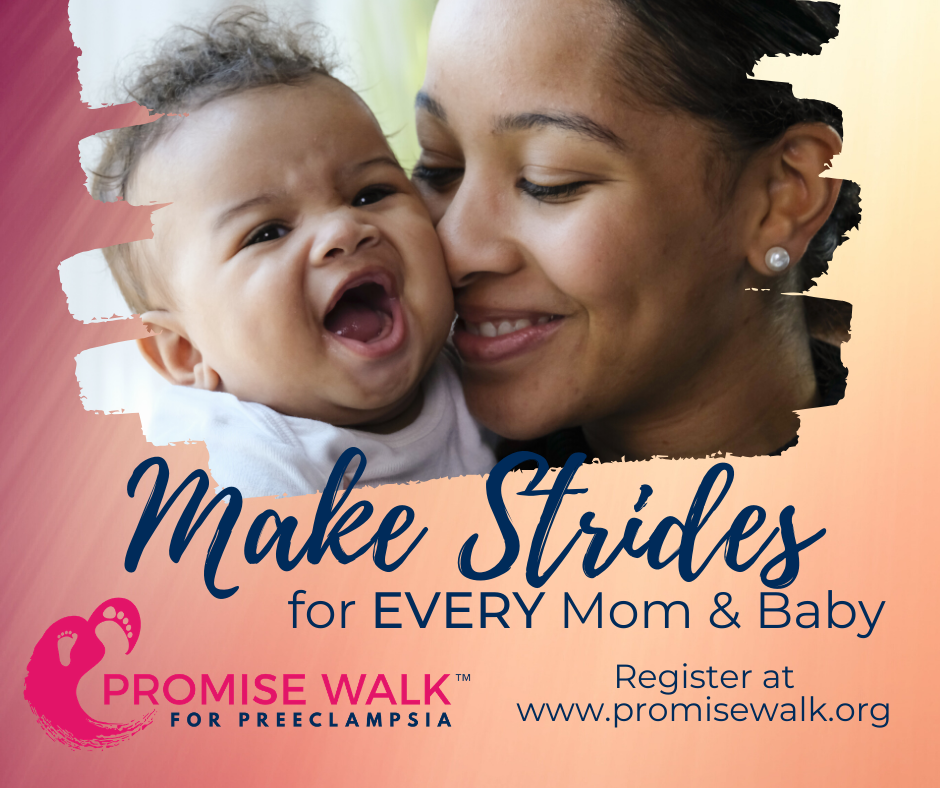
Top 10 Tips for Telehealth
How to Handle Prenatal and Postpartum Appointments, From Home
Your doctor or midwife has asked you to use telehealth for some of your check-ups. That means using your smart phone camera or just a regular phone to report on how you’re doing. Here are 10 tips for making the best use of that time to make sure nothing important is missed, especially when being monitored for preeclampsia.
1. Try to find a quiet place to talk with good lighting so they can see your face. Make sure you can be there for 30 minutes or so - you'll likely talk with an appointment assistant first, then wait a few minutes for the doctor to call back. Most actual appointments last about 15 minutes.
2. Charge or plug in your phone or computer; get some paper and a pen for taking notes.
3. Ask your doctor or midwife what is the plan for the next several weeks for telehealth, in person visits, labs and frequency of ultrasound, and if there are any changes in hospital policies due to COVID-19. Make sure you have phone numbers of providers whom you can access in case of emergency.
4. Show them a pre-pregnancy picture of your face (or from very early in your pregnancy). This is especially important if you’re seeing a provider who doesn’t know you well.
5. Show your doctor or midwife pictures of your ankles and hands, if you think they’re swollen. They may ask you to press your thumb into the swelling to see how quickly it bounces back.
6. Weigh yourself at least once a week and take your blood pressure twice a day.
7. Keep a log. Record your weight, blood pressure (BP), and any symptoms you may be experiencing. Have your log available during your appointment and if your BP reaches 160/110 or higher do not wait for an appointment to report it.
Can't afford a home blood pressure monitor? Check out our program to provide Cuff Kits to women in need.
8. Are you experiencing any of these symptoms? Be sure to tell your provider immediately.
- Nausea or vomiting
- Headache
- Visual disturbances (seeing spots, stars or auras)
- Pain in the upper right part of your belly
- Swelling in your face or hands
- Shortness of breath
9. If you are having a headache or new pains in your abdomen, neck or chest areas, use this scale to describe your pain:

10. How is your mental health? These are trying times and you may be juggling more than usual. Be sure to report how you’re doing emotional and mentally. A quick quiz like the Edinburgh postnatal scale may help identify if you are experiencing depression or anxiety during pregnancy, even though it was developed for postpartum depression. Two of several organizations offering telephone support includes Asha Village and Postpartum Support International.
An extra word about mental health during these trying times: Navigating COVID-19 and social distancing can be difficult for adults and youth. If you, your family member, or friend is struggling emotionally, call the American Foundation for Suicide Prevention (AFSP) at 1-800-273-8255 or text TALK to 741741. AFSP encourages everyone to engage in an open, honest dialogue with their friends and loved ones, to demonstrate compassion and kindness, and to practice self-care by exercising, meditating, and consuming the news in measured doses. And, reach out to those who may be isolated and need extra support. These actions can save lives and positively change our collective culture surrounding mental health for the long-term.
And for dad, don't offer to buy popsicles and then eat them yourself! Seriously, partners have an important and active role to play in prenatal and postpartum care. Dads may notice physical changes in mom. Make sure dad know signs and symptoms you should be watching out for and help support your home blood pressure monitoring regimen. Maybe they can take their own BP and join you in this lifelong quest to be on top of this important measurement of good health.
Related Articles

Eclampsia is a very serious complication of preeclampsia characterized by one or more seizures during pregnancy or in the postpartum period.

La preeclampsia, en todas sus formas, puede requerir muchos análisis, tanto durante como después del embarazo. ¿Alguna vez se preguntó por qué el proveedor de atención médica le solicita tantos anális...

El embarazo es un momento ideal para familiarizarse con su presión arterial. Aquí encontrará todo lo que necesita saber sobre cómo tomarse la presión arterial en casa.

Though the Centers for Disease Control and Prevention (CDC) have recently lifted many of the recommended COVID restrictions, COVID-19 infection increases risk of developing life-threatening hypert...

Resultados de varios estudios apoyan la hipótesis de que el estrés causado por un embarazo y parto traumáticos puede en muchas ocasiones anular la habilidad de salir adelante emoc...

Is there a connection between maternal diet and preeclampsia? The PRECISE Network research team and I recently completed an evidence review to compile information on maternal nutritional factors that...

What you’ll learn in this article: Many risk factors contribute to an individual’s chance of getting preeclampsia. These risk factors may be genetic, physical, environmental, and even s...

Question: Progesterone supplementation - first trimester and beyond - can it help the vascular constriction by keeping the smooth muscle relaxed (17HP shots), and is it associated with early supplemen...

On April 16, a briefing for U.S. Congressional staff offered insights about how maternity care is being provided in the midst of the COVID pandemic. We joined a number of maternal health organizations...



